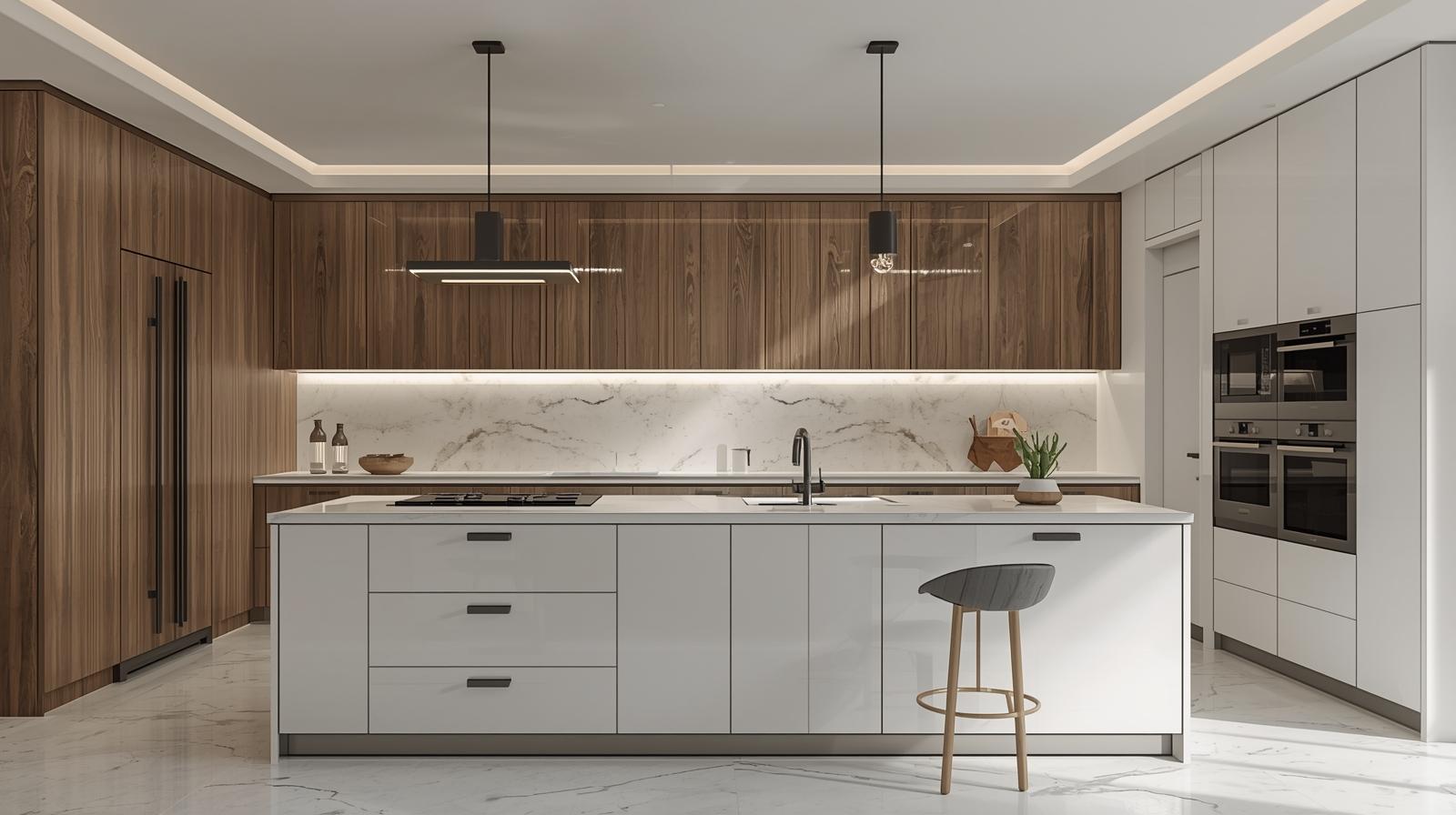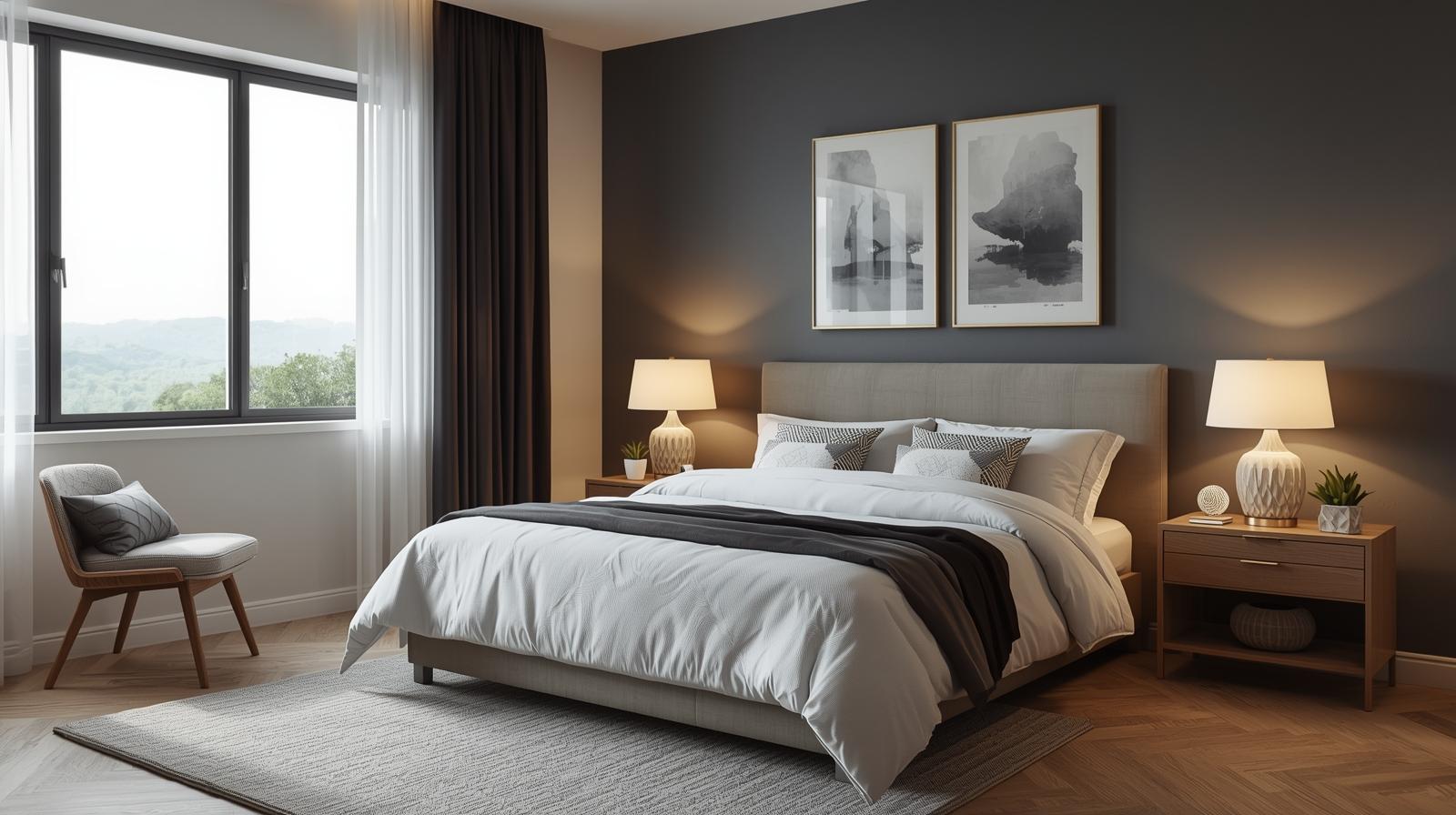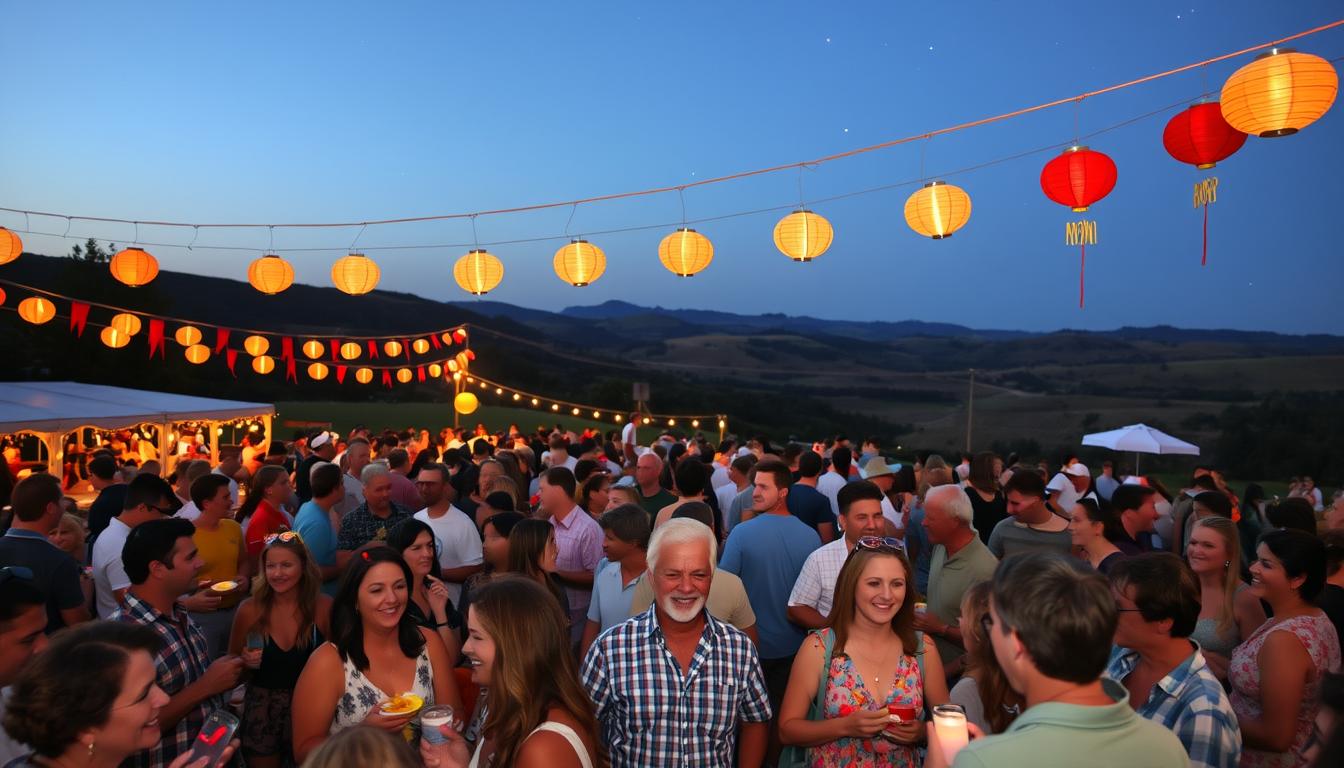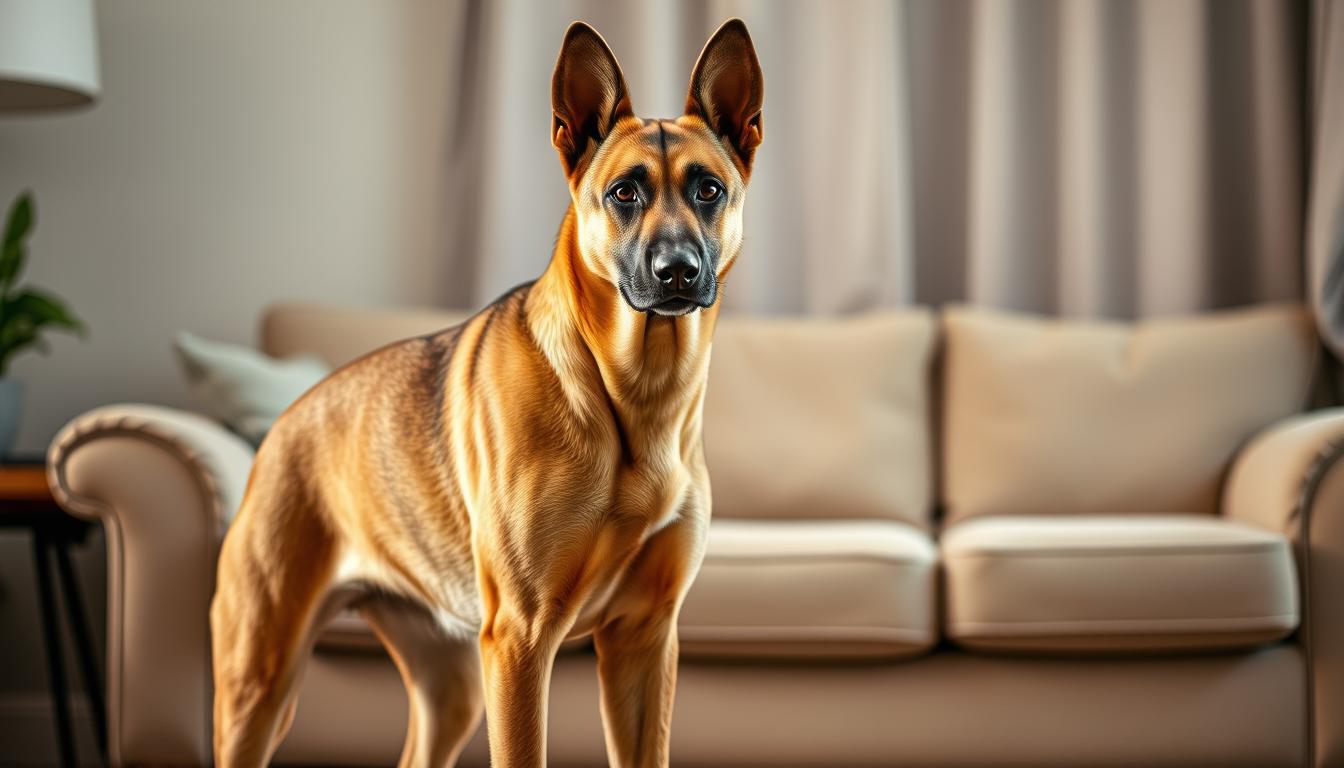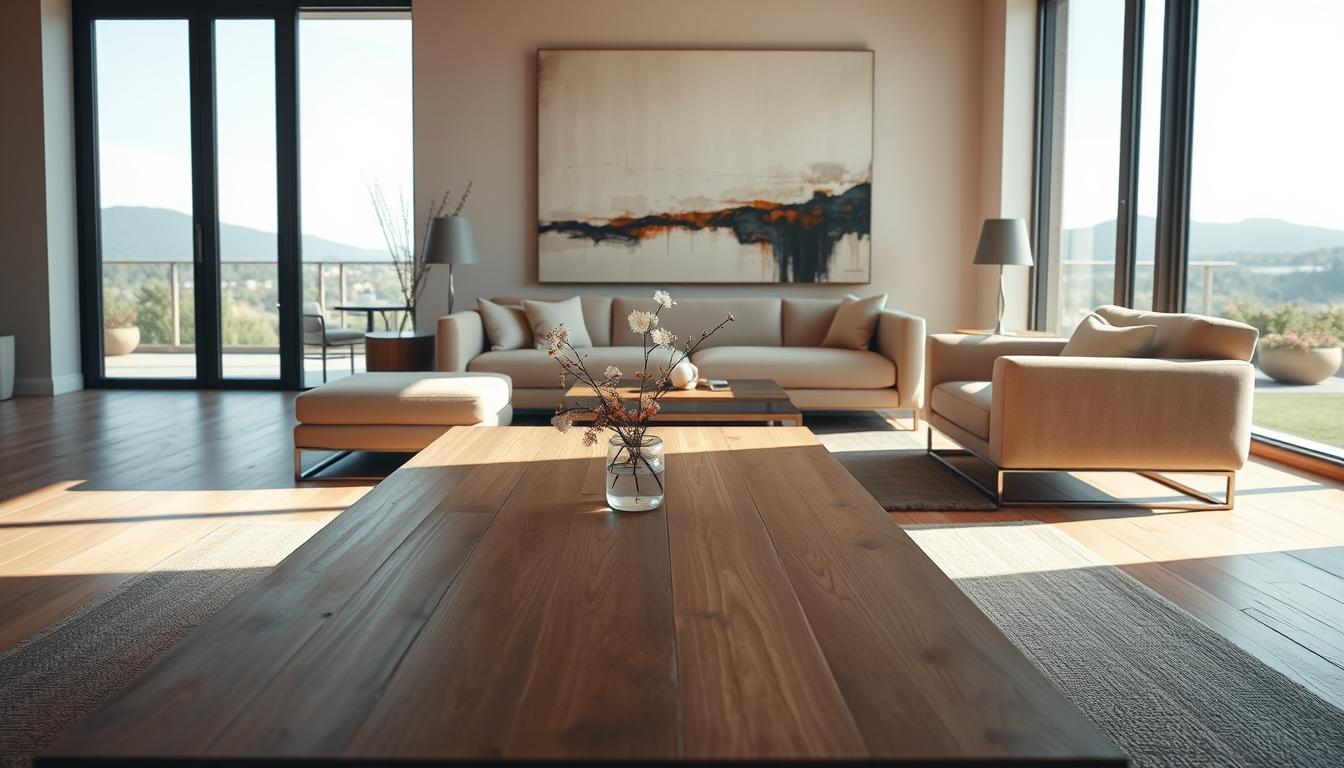
Design transforms spaces and personal experiences through visual beauty. Modern aesthetics go beyond simple decoration, representing a holistic approach to creating meaningful environments that reflect individual personality and style.
Aesthetic principles are powerful tools for self-expression. By understanding how visual elements interact, individuals can craft living spaces that inspire creativity, promote emotional well-being, and showcase unique personal narratives.
The journey of developing a distinctive aesthetic requires intentional exploration. Embracing modern aesthetics means discovering design strategies that resonate with personal sensibilities while creating harmonious and functional spaces.
Key Takeaways
- Visual beauty is a strategic approach to personal style
- Modern aesthetics blend functionality with creativity
- Personal spaces reflect individual design perspectives
- Aesthetic choices communicate personal identity
- Design principles can transform everyday experiences
Understanding Modern Aesthetic Principles
Artistic design is a dynamic journey into visual expression that transforms spaces and experiences. Modern aesthetics represents a sophisticated approach to creating environments that speak to both function and beauty. Design professionals understand that harmonious elements are the foundation of compelling visual compositions.
The core of contemporary style lies in understanding how visual components interact and create meaningful experiences. Designers leverage several key principles to craft stunning visual narratives:
- Simplicity in form and function
- Strategic use of negative space
- Intentional color relationships
- Balanced geometric interactions
Elements of Visual Harmony
Visual harmony emerges from carefully considered relationships between design elements. Proportion, rhythm, and symmetry work together to create compelling aesthetic experiences. Successful modern aesthetics requires understanding how different visual components communicate and complement each other.
“Great design is not just about appearance, but about creating meaningful connections through visual language.” – Renowned Design Curator
Balance in Design Theory
Achieving balance doesn’t mean perfect symmetry but creating visual equilibrium. Designers use techniques like asymmetrical composition and strategic color placement to develop dynamic yet stable visual experiences.
Contemporary Style Foundations
Modern aesthetic principles prioritize authenticity, functionality, and emotional resonance. By embracing clean lines, purposeful details, and thoughtful spatial relationships, designers craft environments that inspire and engage.
Creating Your Personal Style Identity
Developing a unique personal style is an exciting journey of creative expression that transforms your living space into a pleasing atmosphere. Your style reflects your inner self, telling a story without words. It goes beyond mere decoration – it’s about crafting an environment that resonates with your personality and experiences.
To begin your style exploration, consider these key strategies:
- Identify your color preferences and emotional connections
- Collect inspiration from various design sources
- Experiment with textures and personal artifacts
- Create mood boards that capture your aesthetic vision
Personal style isn’t about following trends but creating a space that feels authentically you. Meaningful objects play a crucial role in developing your unique aesthetic. Select pieces that spark joy, tell your story, and reflect your individual journey.
Color palettes are fundamental in establishing your creative expression. Choose colors that make you feel comfortable and inspired. Whether you prefer muted neutrals or vibrant hues, your color choices should create a harmonious and inviting environment.
“Your home should tell the story of who you are, and be a collection of what you love.” – Nate Berkus
Remember, developing a personal style is an ongoing process. Be patient with yourself, embrace experimentation, and allow your aesthetic to evolve naturally. Your living space should be a dynamic reflection of your inner world – constantly growing, changing, and expressing your unique perspective.
The Power of Minimalist Appeal in Design
Minimalist design represents a powerful approach to creating visual beauty through intentional simplicity. This design philosophy transforms living spaces by embracing clean lines, strategic decluttering, and thoughtful color selections that promote harmonious elements.
The minimalist appeal goes beyond mere aesthetic preference. It’s a deliberate strategy for crafting environments that reduce visual noise and enhance mental clarity. By focusing on essential design elements, individuals can create spaces that breathe with elegance and purpose.
Decluttering Your Space
Effective decluttering involves more than removing items. It’s about curating your environment with intention:
- Remove unnecessary objects that don’t serve a functional purpose
- Organize remaining items with precision and care
- Create clear surfaces that promote visual calm
- Select storage solutions that blend seamlessly with your design
Implementing Clean Lines
Clean lines are fundamental to achieving a minimalist aesthetic. They create visual pathways that guide the eye and create a sense of spaciousness.
| Design Element | Impact on Space |
|---|---|
| Straight Furniture Edges | Creates visual structure |
| Geometric Shapes | Enhances spatial perception |
| Uncluttered Surfaces | Promotes mental clarity |
Color Psychology in Minimalism
Color plays a crucial role in minimalist design. Neutral palettes and monochromatic schemes contribute to a sense of sophistication and tranquility. Soft whites, gentle grays, and muted earth tones create a backdrop that allows design elements to breathe and interact harmoniously.
By embracing minimalist principles, you transform spaces from mere rooms into curated experiences that reflect intentionality and refined taste.
Incorporating Artistic Elements into Daily Life
Transforming your living space into a canvas of creative expressionhttps://www.pinterest.com/pin/983403268647807637/ doesn’t require extensive renovations or expensive artwork. Small, intentional touches can dramatically elevate your artistic design and personal aesthetic.
Begin by reimagining everyday objects as potential art pieces. Consider these strategies for infusing artistic elements into your daily environment:
- Display functional items with visual intrigue
- Curate collections that reflect personal style
- Use unexpected color combinations
- Integrate textural elements across spaces
Artistic design emerges from thoughtful curation. Select objects that spark joy and tell a story. A vintage ceramic vase, handcrafted throw pillows, or carefully arranged bookshelf can become compelling visual statements.
“Design is not just what it looks like and feels like. Design is how it works.” – Steve Jobs
Your home becomes a personal gallery when you approach creative expression as an intentional practice. Mix textures, play with negative space, and allow your unique aesthetic to emerge organically.
Practical tips for integrating artistic design include:
- Rotate decorative items seasonally
- Create visual vignettes on surfaces
- Incorporate meaningful artifacts
- Experiment with lighting to highlight artistic elements
Remember, creative expression is deeply personal. There are no strict rules—only opportunities to showcase your individual style through carefully chosen design elements.
Mastering the Art of Aesthetic Composition
Design is more than arranging objects in a space. Visual beauty emerges from understanding core principles that transform ordinary environments into extraordinary experiences. Artistic design requires careful consideration of spatial relationships and creative techniques.
Creating harmonious elements in your design involves strategic approaches that elevate visual experiences. Professionals and design enthusiasts can unlock remarkable transformations by implementing specific compositional strategies.
Rule of Thirds in Design
The rule of thirds is a fundamental principle in visual composition. By dividing spaces into a 3×3 grid, designers create more dynamic and engaging layouts. This technique helps:
- Balance visual weight
- Guide viewer’s eye movement
- Create more interesting focal points
Creating Visual Flow
Smooth visual progression requires intentional design choices. Consider these key strategies for establishing seamless movement:
- Use consistent color palettes
- Implement graduated scale transitions
- Create logical spatial connections
Texture and Pattern Integration
| Texture Type | Design Impact | Recommended Usage |
|---|---|---|
| Smooth Surfaces | Creates Calm Atmosphere | Minimalist Spaces |
| Rough Textures | Adds Visual Depth | Accent Areas |
| Mixed Textures | Generates Visual Interest | Layered Design Schemes |
Integrating diverse textures transforms spaces from flat to fascinating. Intentional pattern placement ensures visual harmony while preventing overwhelming sensory experiences.
Sensory Experiences in Style Development
Creating a truly exceptional living space goes beyond visual aesthetics. A sensory experience transforms ordinary environments into extraordinary realms of personal expression. Design experts understand that a pleasing atmosphere engages all five senses, crafting an immersive environment that resonates deeply with inhabitants.
Successful style development requires a holistic approach to sensory stimulation. Consider these key elements:
- Tactile Textures: Select fabrics and materials that invite touch
- Ambient Sounds: Incorporate gentle background music or natural soundscapes
- Olfactory Considerations: Use subtle fragrances to enhance mood
- Visual Harmony: Balance colors and lighting for emotional impact
Fabric selection plays a crucial role in developing a sensory experience. Silk throw pillows, wool blankets, and soft cotton textures can transform a room’s feel. Layering different materials creates depth and invites interaction, making spaces feel more dynamic and personal.
Lighting and sound contribute significantly to a pleasing atmosphere. Warm, dimmable lights and carefully curated background music can dramatically shift a room’s emotional tone. Natural elements like indoor plants or water features can introduce calming auditory and visual experiences that ground the space.
Design is not just about what you see, but what you feel, hear, and experience.
By intentionally crafting multi-sensory environments, individuals can create spaces that are not just visually appealing but emotionally compelling and personally meaningful.
Blending Function with Creative Expression
Design is more than just appearance. It’s about creating spaces that reflect personal style while maintaining practical functionality. Creative expression transforms ordinary spaces into extraordinary environments that tell a unique story.
The art of artistic design goes beyond simple decoration. It involves thoughtful integration of elements that serve both visual and practical purposes.
Practical Beauty Solutions
Smart design solutions can elevate your living spaces with modern aesthetics. Consider these innovative approaches:
- Multi-functional furniture that saves space
- Hidden storage compartments with sleek designs
- Modular systems that adapt to changing needs
Sustainable Style Choices
Eco-friendly design is no longer a trend but a fundamental approach to creative expression. Sustainable materials and energy-efficient solutions can transform your space while minimizing environmental impact.
- Reclaimed wood furniture
- Recycled textile decor
- Energy-efficient lighting
Personalizing Design Elements
Your living space should be a reflection of your unique personality. Integrate personal artifacts, artwork, and meaningful objects that spark joy and tell your individual story.
Design is personal. Make it yours.
By balancing functionality with artistic design, you create environments that are both beautiful and purposeful.
Building a Harmonious Living Space
Creating a harmonious living space transforms your home into a sanctuary of comfort and style. The key to achieving a pleasing atmosphere lies in understanding how harmonious elements work together to create a cohesive environment.
Start by considering the following strategies for developing a unified living space:
- Establish a consistent color palette across rooms
- Create visual connections between different areas
- Balance textures and materials
- Develop a natural flow between spaces
Color plays a crucial role in designing harmonious elements. Select a core color scheme that resonates throughout your home, using subtle variations to maintain visual interest. This approach helps create a seamless transition between rooms.
| Design Element | Impact on Atmosphere | Recommended Approach |
|---|---|---|
| Color Coordination | Creates visual continuity | Choose 3-4 complementary colors |
| Lighting | Enhances mood and perception | Layer different light sources |
| Furniture Placement | Improves spatial flow | Create natural pathways |
Focal points are essential in crafting a pleasing atmosphere. Each room should have a central element that draws the eye while maintaining connection with the overall design scheme. Intentional design transforms living spaces from mere rooms to meaningful environments.
“A harmonious home reflects the personality of its inhabitants while providing a sense of calm and comfort.”
Consider the unique characteristics of your space. Whether you’re working with a compact apartment or a spacious home, the principles of harmonious design remain consistent. Focus on creating visual rhythm, balancing proportions, and selecting elements that speak to your personal aesthetic.
Transforming Everyday Objects into Style Statements
Creative expression transforms ordinary household items into extraordinary artistic design elements. Your living space becomes a canvas where visual beauty emerges through innovative styling and thoughtful curation.

Reimagining everyday objects requires imagination and strategic placement. Each item can become a unique statement piece that reflects personal style and creativity.
Upcycling with Purpose
Upcycling breathes new life into forgotten items. Consider these creative approaches:
- Convert vintage ladders into stylish shelving units
- Transform mason jars into elegant lighting fixtures
- Repurpose wooden pallets as contemporary wall art
Creative Display Methods
Displaying objects requires strategic thinking. Unconventional arrangements can elevate mundane items into focal points.
| Object Type | Display Technique | Visual Impact |
|---|---|---|
| Ceramic Vases | Asymmetrical Grouping | Dynamic Visual Interest |
| Vintage Books | Color-Coded Stacking | Organized Aesthetic |
| Decorative Plates | Wall Mosaic | Artistic Focal Point |
Artistic Arrangement Techniques
Masterful arrangements transform spaces through intentionalhttps://lifebridg.com/makeup/ composition. Experiment with:
- Varying object heights
- Creating visual triangles
- Balancing negative and positive space
Remember, every object tells a story. Your creative expression turns ordinary items into extraordinary design statements.
Conclusion
Developing a personal aesthetic is more than just arranging objects—it’s about creating a living space that reflects your unique identity. Modern aesthetics offer a powerful framework for transforming everyday environments into inspiring, pleasing atmospheres that speak directly to your creative spirit.
The art of aesthetic design goes beyond visual appeal. It connects deeply with personal expression, allowing individuals to craft spaces that tell their story. By understanding design principles and embracing creative techniques, you can turn ordinary rooms into extraordinary representations of your inner world.
Your aesthetic journey is continuous and dynamic. Each design choice becomes a reflection of personal growth, inviting you to experiment, explore, and refine your style. Whether through minimalist approaches, artistic arrangements, or thoughtful color selections, you have the power to create environments that nurture and inspire.
Start small, trust your instincts, and remember that developing a personal aesthetic is about authenticity. Your living space should feel like a true extension of yourself—a canvas where creativity, functionality, and personal expression intersect beautifully.
FAQ
What is the core principle of modern aesthetic design?
Modern aesthetic design centers on visual harmony, balancing clean lines, minimalist elements, and purposeful composition to create spaces that are both functional and visually appealing. It emphasizes simplicity, functionality, and thoughtful integration of design elements that reflect personal style and contemporary sensibilities.
How can I develop my personal aesthetic style?
Developing a personal aesthetic style involves self-reflection, exploring your preferences, and understanding design principles. Start by identifying colors, textures, and design elements that resonate with you, experiment with different styles, and gradually curate a space that authentically represents your personality and creative expression.
What are the key elements of minimalist design?
Minimalist design focuses on simplicity and functionality, characterized by clean lines, neutral color palettes, decluttered spaces, and purposeful object placement. It emphasizes quality over quantity, prioritizing essential elements that create a sense of calm, sophistication, and visual tranquility.
How important is color psychology in aesthetic design?
Color psychology plays a crucial role in aesthetic design by influencing mood, perception, and emotional response. Different colors evoke specific feelings and can dramatically transform a space’s atmosphere, making color selection a critical aspect of creating harmonious and intentional design environments.
Can I incorporate artistic elements into my living space on a budget?
Absolutely! Incorporating artistic elements doesn’t require significant financial investment. Consider upcycling existing items, creating DIY art pieces, using meaningful photographs, exploring thrift stores for unique decor, and strategically arranging objects to create visual interest and personal expression.
What is the rule of thirds in design?
The rule of thirds is a fundamental design principle where an image or space is divided into nine equal parts using two horizontal and two vertical lines. By placing key elements along these lines or at their intersections, designers create more balanced, dynamic, and visually engaging compositions.
How can I create visual flow in my living space?
Creating visual flow involves establishing a cohesive design language through consistent color schemes, repeating design elements, maintaining balanced proportions, and ensuring smooth transitions between different areas. Use complementary textures, strategic furniture placement, and thoughtful lighting to guide the eye naturally through the space.
What are sustainable style choices in modern design?
Sustainable style choices include using eco-friendly materials, selecting energy-efficient furniture, incorporating vintage or recycled pieces, choosing low-impact manufacturing processes, and designing spaces that minimize environmental footprint while maintaining aesthetic appeal and functionality.
How do I balance functionality with creative expression?
Balance functionality and creative expression by selecting multi-purpose furniture, integrating storage solutions that are both practical and visually appealing, and personalizing spaces with meaningful objects that serve both aesthetic and functional purposes. Focus on design elements that enhance both utility and visual pleasure.
What role do textures play in aesthetic design?
Textures are crucial in aesthetic design as they add depth, visual interest, and tactile richness to a space. By combining different textures like smooth surfaces, rough materials, soft fabrics, and natural elements, designers create multi-dimensional environments that engage multiple sensory experiences and enhance overall aesthetic appeal.

